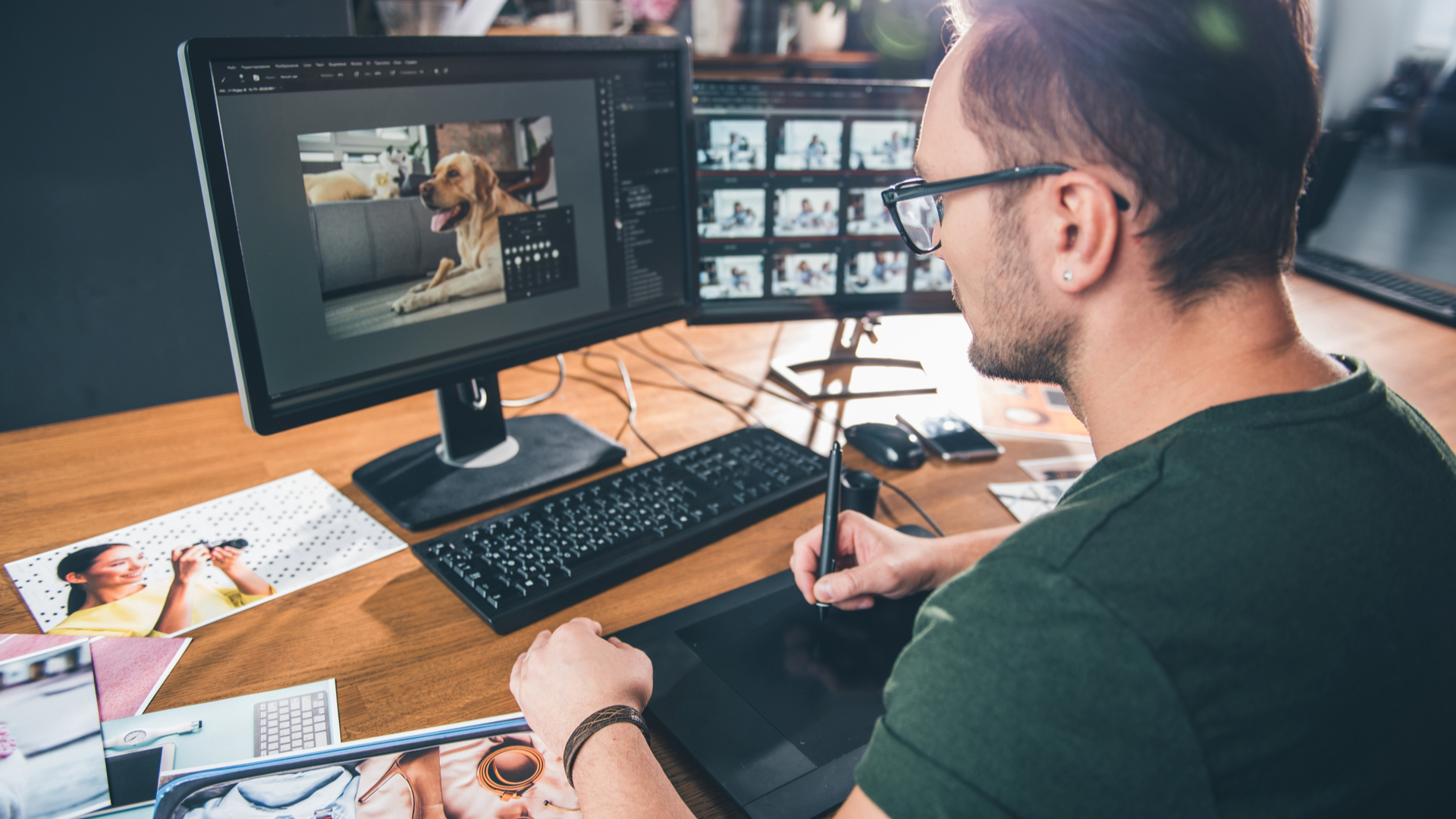
Using a drawing tablet for photo editing may not sound at first like the most intuitive thing in the world. However, it’s a medium that’s become hugely popular. From professionals using Wacom tablets to make precise skin and hair retouches, to casual shooters using the Lightroom iPad app to fine-tune their photos on the go, a tablet can be a huge asset to practically any photo editor.
In this guide, we’re providing a few practical tips for anyone who thinks they might want to edit photos on a tablet. If you’re trying to narrow down which is the best drawing tablet for you, and which is the best photo editor to use it with, here is a good place to start.
Fair warning – photo editing on a tablet, any tablet, takes some getting used to. You may even hate it at first. However, if you make the right choice of tablet, and stick with it through those teething troubles, there's a good chance you'll find yourself wondering how you ever lived without it. With that said, let’s take a closer look at how to choose a drawing tablet for photo editing.
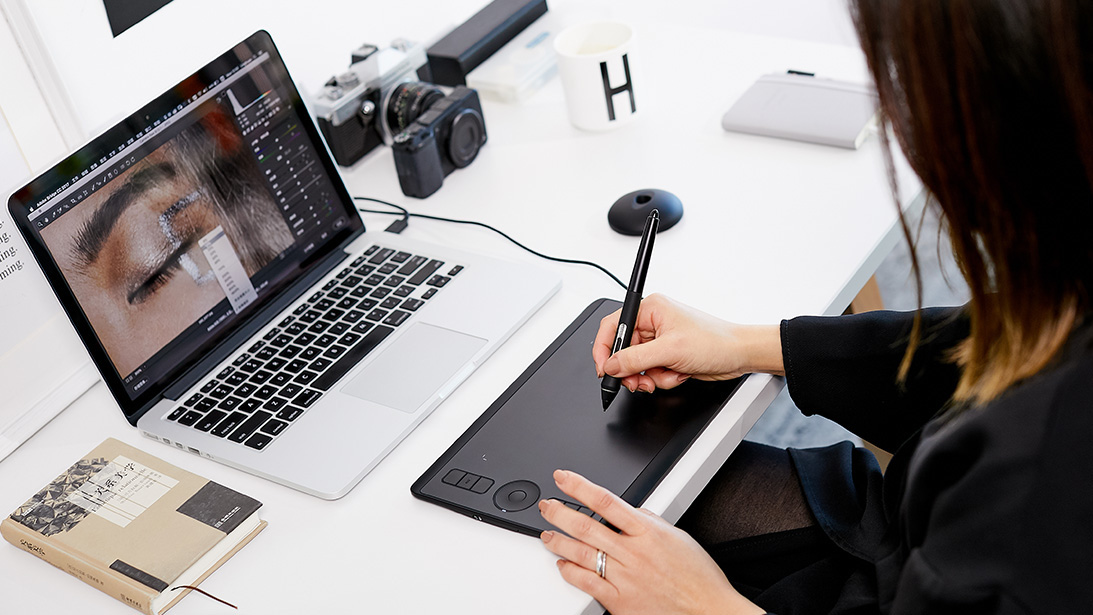
1. What type of tablet do I need for photo editing?
Drawing tablet come in three main flavors (we've compared graphics tablets vs pen displays vs tablet computers, if you want more detail):
Graphics tablets – digital drawing surfaces which need to be plugged into an external display.
Pen displays – digital drawing surfaces with their own built-in screens. The top-end tablets used by professional designers tend to fall into this category.
Tablet computers – a generic term covering iPads, Samsung Galaxies, Windows Surfaces, etc.
The key question to answer is whether you want a tablet to augment your existing editing setup or one that can operate independently for on-the-go retouching. All graphics tablets and most pen displays need to be plugged into a computer that’s running your editing software, while tablet computers and some high-end pen displays can run the software independently.
So, if you want something for editing on the go, get a tablet computer like an iPad. If you want something to complement an existing setup, i.e. you’ve already got a good laptop or desktop that runs your photo editing software, then a graphics tablet or pen display is the better way to go.
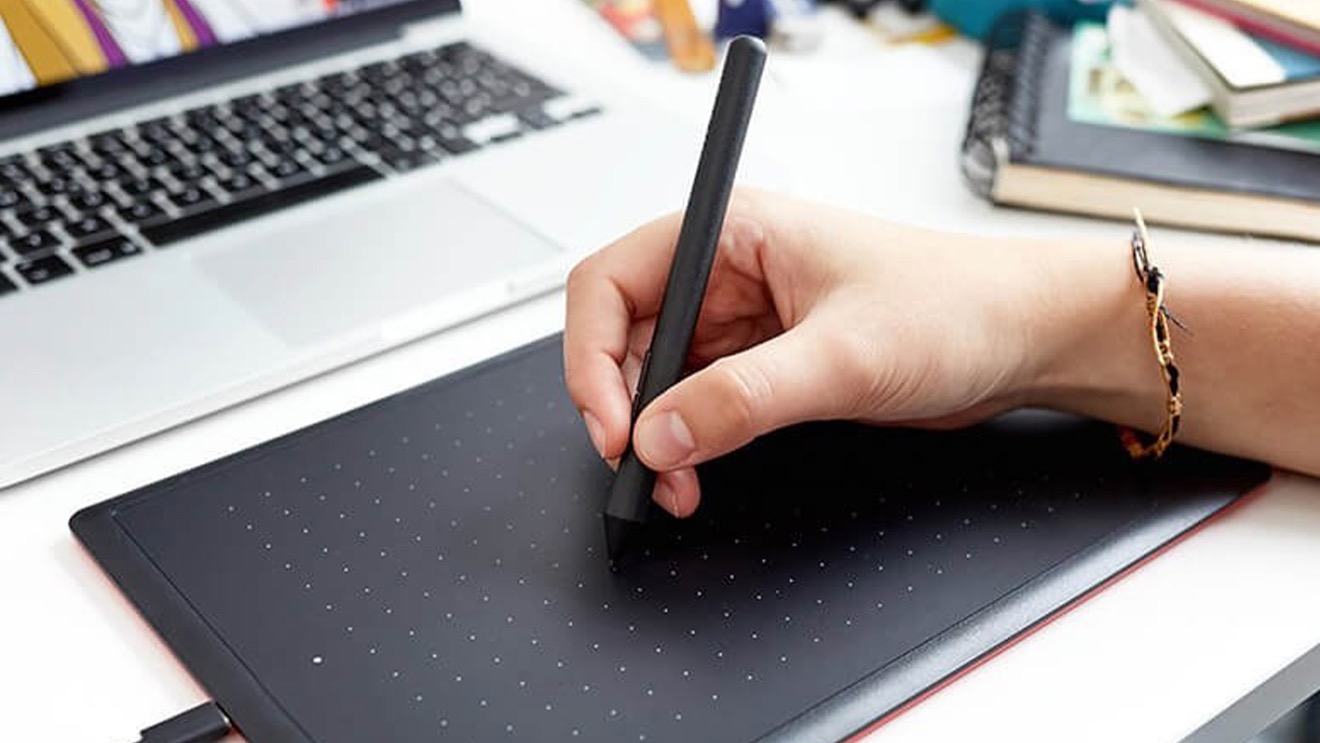
2. Is a drawing tablet good for photo editing?
The answer to this question is not a blanket “yes”. Depending on what kind of photo editor you are, any of the three types of tablet mentioned in the previous section could become an essential tool you can’t live without – or could end up gathering dust in a desk drawer.
To help establish which type of tablet is right for you (if any), think about which of the following profiles sounds more like you…
Person A:
You are a ‘broad strokes’ photo editor, someone who mostly makes general rather than local adjustments to their images, lightening or darkening as needed, adjusting the sliders until the image looks the way you want it. Perhaps you prefer Lightroom, rather than Photoshop.
Person B
You are a ‘fine details’ photo editor, someone who gets a lot of use out of tools like Clone Stamp and Healing Brush. You use layer masks for compositing, or your workflow requires precise skin retouching, or you regularly use targeted adjustment layers for highly local edits (or all of the above). You are working mostly in Photoshop or a similar ‘heavy hitter’ editing program.
If you are more like Person A, you don’t need a sophisticated pen tablet for photo editing, and may not need a tablet at all. A stylus-and-tablet setup won’t be any faster or more intuitive for working with sliders than your mouse and keyboard – indeed, it will probably be quite a bit more cumbersome. For you, the main advantage of a tablet will be allowing you to edit photos away from your desk. As such, an iPad, Android or Windows tablet to run Lightroom is going to be your best bet.
However, if you are more like Person B (or you want to be) then a high-quality tablet with a stylus will be a hugely beneficial accessory – for reasons we’ll explore in the next section. It’s worth looking at high-end graphics tablets or pen displays from the likes of Wacom or XP-Pen – and if you’d prefer a self-contained tablet, then you’ll want something powerful like an iPad Pro.
3. What features do I need a photo editing tablet to have?
There are a few key features worth paying attention to when choosing a tablet for photo editing.
Stylus accuracy and pressure sensitivity. A good photo editing tablet should have an active stylus with a reasonable degree of pressure sensitivity. This is what will allow you to vary the intensity of a tool’s effect by how hard you press, which can be a highly intuitive way to work with Brushes, Clone Stamp and other similar tools.
If you’re using a tablet with a display, you also want an accurate stylus with minimal parallax – a term for the gap between where the tip touches the surface and where a line appears on the screen. This will make it much easier to use a stylus to make custom selections (for cut-out work).
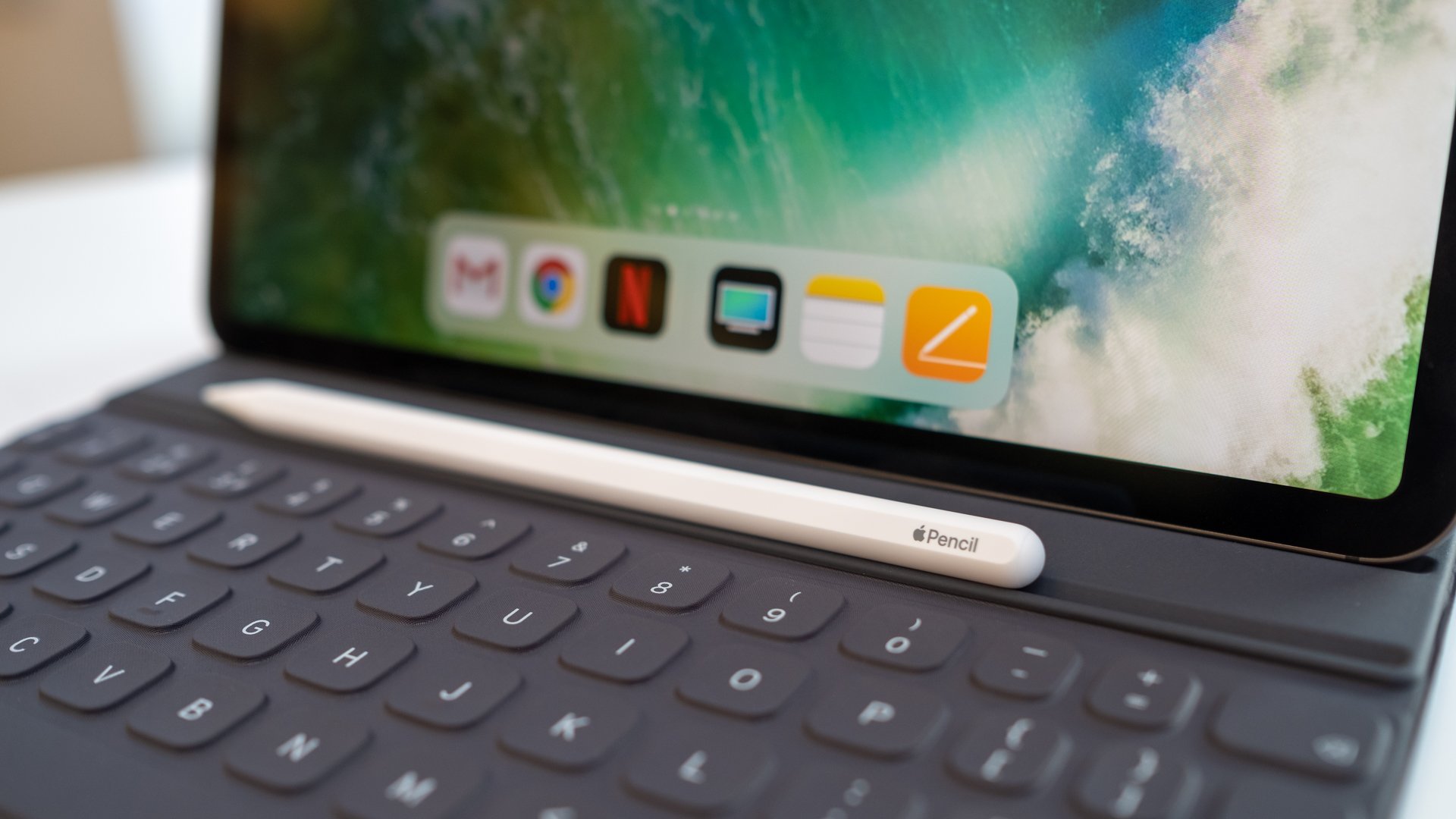
Different styluses offer various levels of pressure sensitivity – the current industry standard for professional styluses is 8,192, though some newer styluses like the XP-Pen Artist 16 Pro stylus can detect 16,384 distinct levels of pressure. You don’t necessarily need this level of granularity though – many older tablets and styluses will offer around 4,096 levels of pressure sensitivity, and realistically that’s fine. You also don’t need to worry about tilt sensitivity – manufacturers will boast about how their stylus can detect the exact angle it’s being held, but for photo editing, this isn’t really relevant.
Screen size and resolution. Naturally, this only applies if you’re getting a tablet with its own screen – but if so, it’s important. A larger screen gives you more space to work with, with the downside of making the tablet less portable and more power-hungry. Higher resolution produces a clearer image, aiding work on fine details. Newer and more expensive tablets will also tend to have better color accuracy, which is important if you’re editing photos professionally.
Shortcut keys. Graphics tablets and pen displays tend to have physical shortcut keys, which can be assigned to your preferred tools or commands in your editing software. This is something you won’t get on the likes of an iPad, and it can really help with workflow.
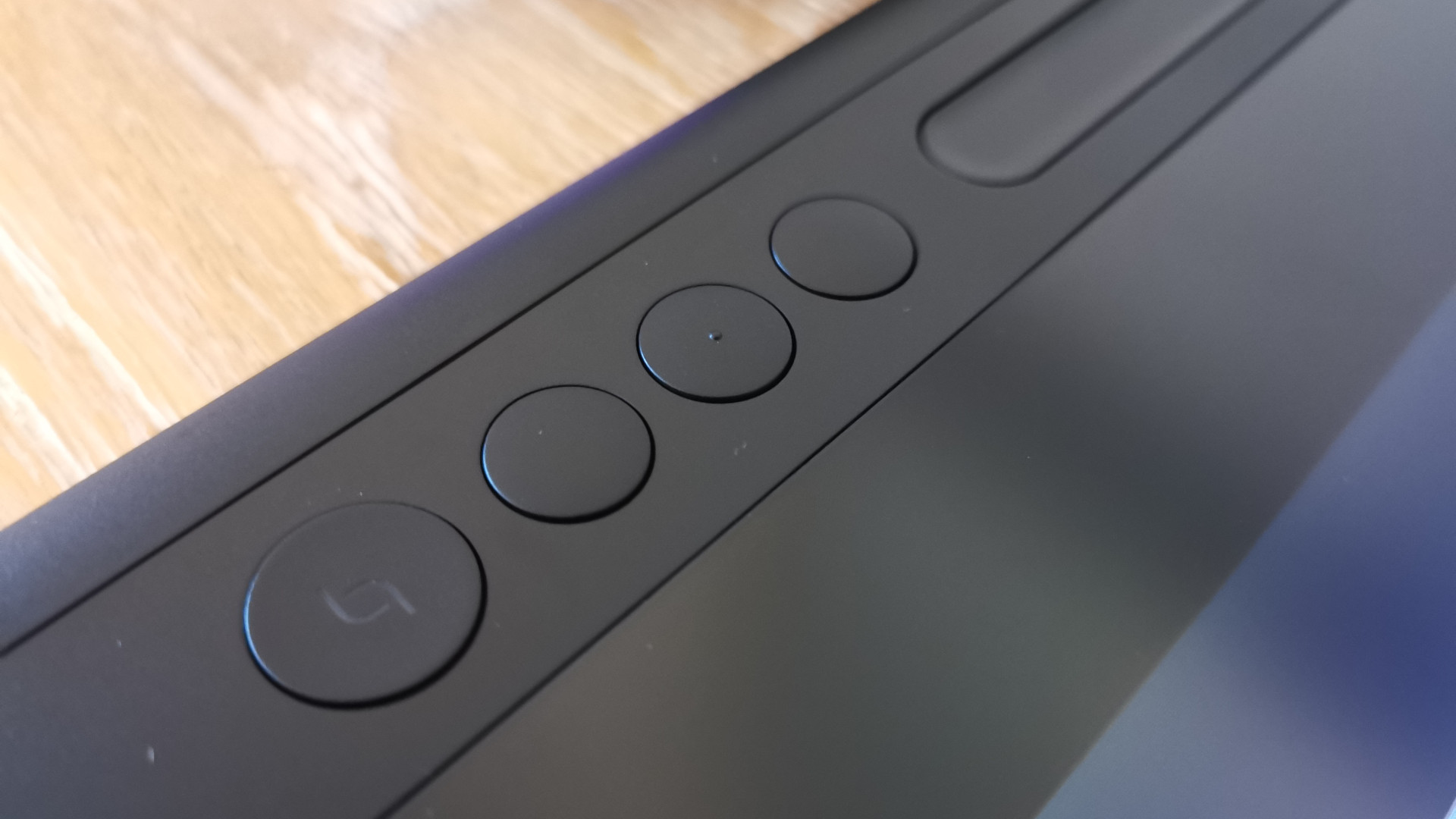
Software compatibility. Which editing software you like to use will have an impact on the tablet you choose. Adobe Photoshop and Lightroom will run on iOS, Android and Windows tablets – though, it has to be said, the far-and-away best experience of the three is on an iPad, where the software is best optimized. You may also prefer a free app like Snapseed, which is available for iOS and Android.
If you’re looking for a graphics tablet or pen display to use as part of a computer setup, then it’s best to do some googling beforehand to see what experiences other users have had with your software/tablet combination of choice, and whether it’s something the manufacturers recommend – there are too many for us to exhaustively cover here! As a rule of thumb, sticking with a well-known, mainstream manufacturer is a good bet – Wacom products, for instance, will work not just with Adobe’s suite of programs but also Skylum Luminar, Capture One and others.







